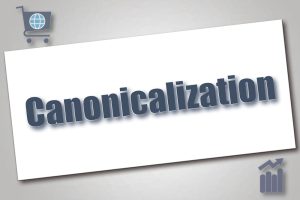You run an e-commerce site that seemed to be doing quite well in its early stages. You were seeing excellent traffic; your conversion rates were more than adequate; your online enterprise was growing just as you had hoped it would. But then something happened. You noticed that your site was not producing as well as it used to. Now you are beginning to believe your whole operation needs to be revitalized. Well, we can help.
Webtek Interactive specializes in taking advantage of all the digital world has to offer. We can help revitalize your e-commerce site by employing two proven strategies that will bring back your traffic, increase your exposure, and afford you plenty of opportunity to increase revenues.
To explain these two strategies, we will use the example of one of our more well-known e-commerce clients: GoldCoast Skateboards. GoldCoast came to us with a simple challenge: to take the success they already enjoyed in the traditional brick-and-mortar retail market and translate it to e-commerce success. The strategies we used to make them a leader in online skateboard sales are the same strategies we can use to revitalize your e-commerce site.
Strategy #1: We Optimized Their Web Presence
One of the first things we addressed with GoldCoast is the simple idea that a generic website alone will not generate the kinds of sales most retailers are looking for. The website acts only as an online business card unless someone takes proactive steps to make it something more. That is what we did. We optimized GoldCoast’s online presence by focusing heavily on the elements most relevant to SEO performance and content marketing. We optimized:
- Meta-Descriptions – Search engines use meta-descriptions as a baseline for determining what a web page is all about. Optimizing these descriptions made it easier for search engines to analyze page content for relevance and value.
- Page Titles – Hand-in-hand with meta-descriptions are page titles. Search engine algorithms compare the two to measure whether the title of a page or post actually matches the content therein.
- Page Content – Optimizing page content is a multi-functional process. We take a look at things like short and long tail keywords, the use of headings and subheadings, the implementation of numbered lists and bullet points, and even the length of paragraphs and sentences.
Optimizing GoldCoast’s e-commerce site made it more friendly to both search engines and users. This is important in the world of e-commerce. It is not enough to simply make an e-commerce site search engine friendly; it also has to be friendly to the visitors we all hope will become paying customers.
Strategy #2: We Generated Off-Site Content
The second strategy we employed on behalf of GoldCoast involved creating high-quality off-site content targeting key influencers within their particular niche. We started with guest posts. Guest posts are informational posts designed to both inform and establish authority. By generating a number of high quality guest posts that included backlinks and author bios, we were able to reach key influencers. That opened the door to additional guest posts and editorial pieces published on high impact websites within the skateboarding industry.
With each new post, GoldCoast’s reputation as an industry leader was boosted. They eventually became a key influencer themselves. This translated, and still does today, into better performance in the e-commerce realm.
For the record, our efforts on behalf of GoldCoast resulted in a top five ranking of the company’s most valued keywords. After just three months, their e-commerce site generated an overall revenue increase of 128%. Their success is proof that it is very possible to revitalize a languishing e-commerce site with the right strategies.





